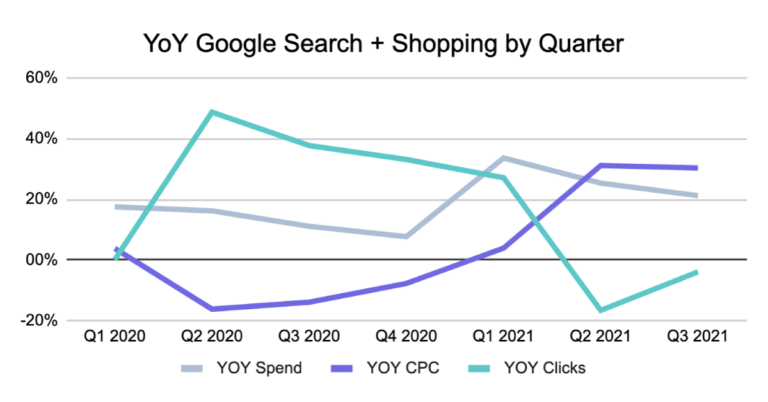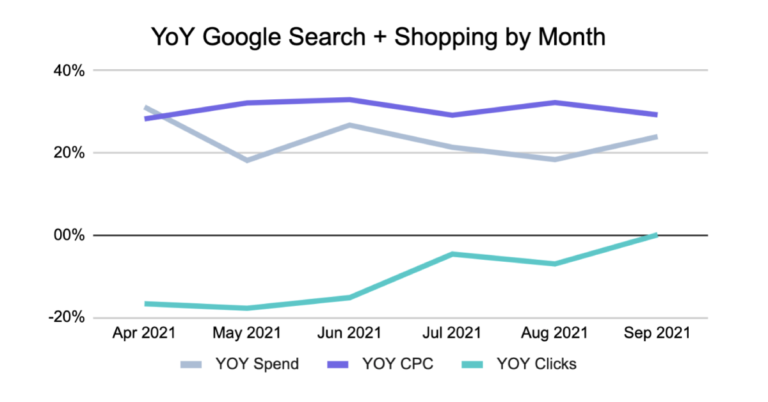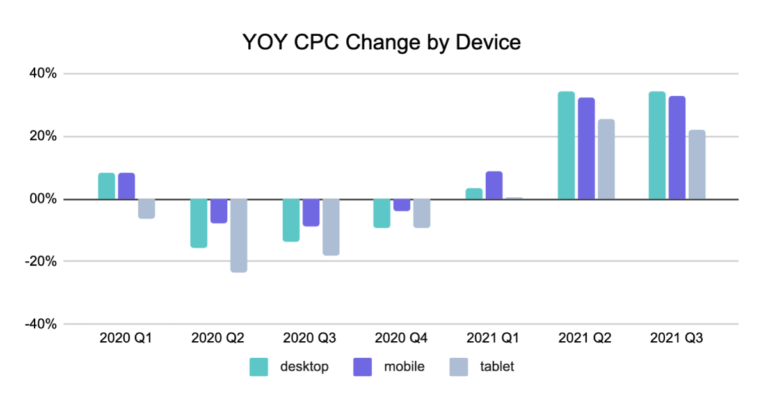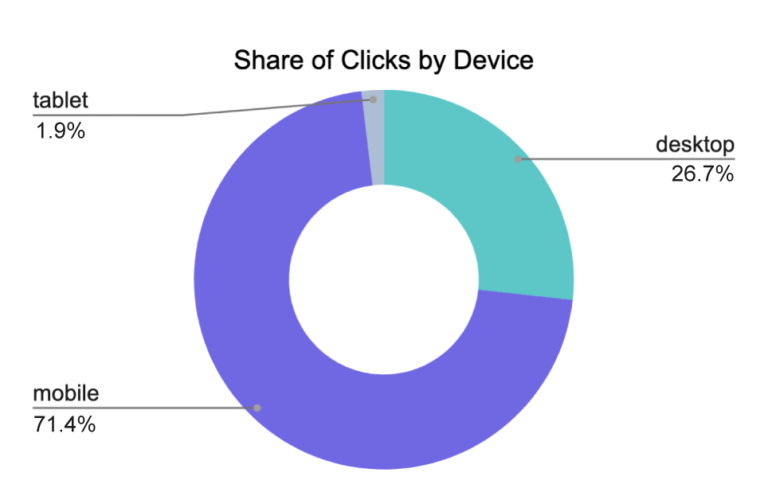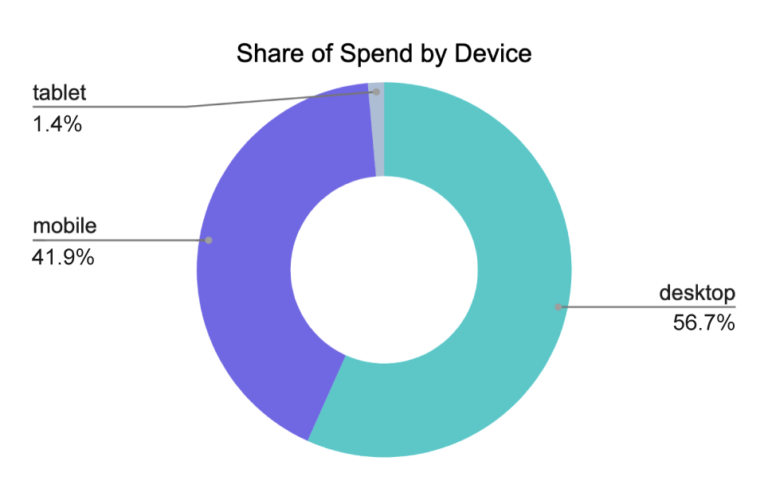Google Search + Shopping Q3 2021 Performance Retail Data Summary
More Resources
Blog Post
October 9, 2024
10 Holiday Stats Every Retail Marketer Should Know
Discover 10 essential holiday shopping stats for retail marketers in 2024. Learn how to boost your campaigns with insights on omnichannel strategies, video ads, BNPL, and more."
Learn more
Blog Post
September 5, 2024
Adlucent Awarded Google Marketing Platform Certified Partner Status, Strengthening Client Solutions
Adlucent, the performance media, analytics, and data agency that recently joined forces with BarkleyOKRP, is officially a Google Marketing Platform (GMP) Certified Partner for Display & Video 360 (DV360), Campaign Manager 360 (CM360), and Search Ads 360 (SA360).
Learn more
Blog Post
August 28, 2024
The FTC’s Crackdown on Surveillance Pricing: What You Need to Know
Explore the controversial rise of surveillance pricing and the FTC's investigation into its implications for fairness and consumer trust. Understand how personalized pricing impacts retail competition.
Learn more
